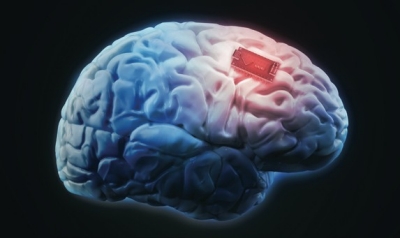The Future of Medical Implants

By Dan Mahoney
Humans have used medical implants for hundreds of years. While rudimentary dental implants might have been the foundation, current medical science is pushing the boundaries of implants every day.
What is an Implant?
An implant, as opposed to a biomedical transplant, is made from materials such as plastic, ceramic or metal and manufactured for a particular application. Many implants are meant to replace missing or damaged body parts like teeth, hips or knees. Others might be used to support body functions or deliver medicine to targeted areas of the body.
Risks of Implants
Implants are designed to improve or extend the life of a patient. But like all surgeries, placing an implant comes with risks. One common risk is infection, which can come from skin contamination during surgery. Human bodies can also reject an implant if the materials cause harmful reactions. Implants can and do fail over time, requiring a repair or replacement.
Making a Safer Implant
As science has progressed, researchers and engineers are capable of greater levels of precision than ever before. Specifically, advancements in bioresorbable implants have allowed patients to be treated in safer ways than ever.
John Rodgers, a professor at the University of Illinois at Urbana- Champaign, designed a tiny bioresorbable sensor that can be used to monitor health data. It’s designed to completely dissolve when immersed in aqueous solutions, meaning that no secondary surgery is required to retrieve the implant. The materials used in the sensor degrade at just nanometers a day, and controlling the thickness of the materials can help ensure a uniform and appropriate lifetime for the implant. Rodgers and his colleagues have successfully tested their implant in monitoring brain temperature and pressure, which could be used in real-world applications like monitoring brain injury. Their results have been comparable to nondissolving devices used today.
Since Rodgers was able to achieve consistent and precise readings in trials, he hopes to next move this technology into human use for similar applications, with the goal ultimately improving human health.
Classroom Discussion
- How have implants been used in past procedures?
- What are some potential use cases for using bioresorbable implants?
Vocabulary
- Bioresorbable
- Aqueous Solution

